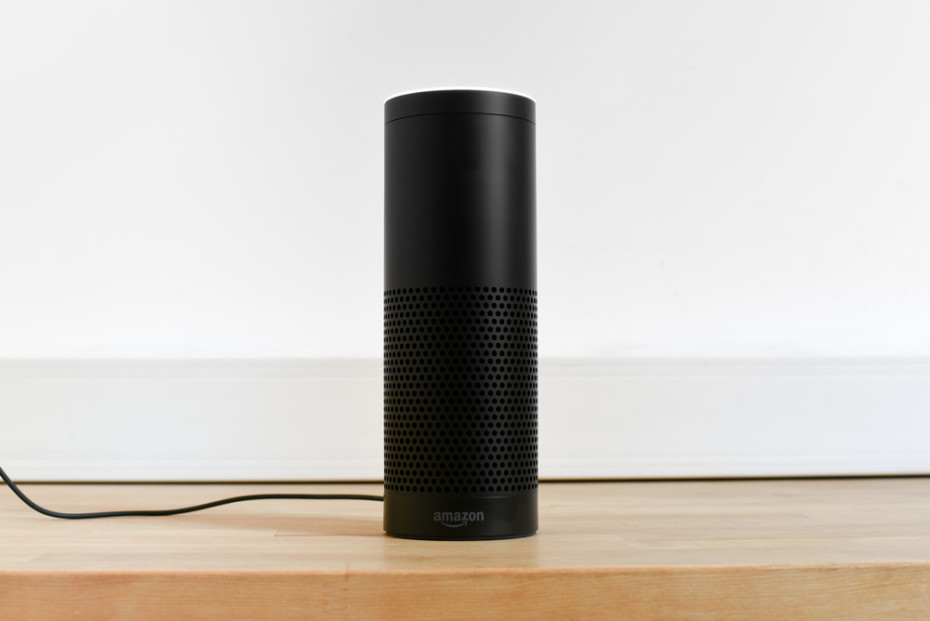
Image Credit: Shutterstock.com/Peppinuzzo
Voice technology that power devices like Amazon’s Alexa and Google Home is the next frontier for tech companies. Facebook’s announcement to launch ParlAI recently only intensified the industry’s ambition to reach the ultimate goal of having meaningful conversations with computers by voice.
But let’s hold our horses; we’re not there yet.At my company, we’re receiving increasing requests from brands eager to explore this emerging utility, and at the same time, working with engineering and product teams to understand exactly what it can do. As it stands, we still have leaps to make, but one thing is sure: voice activated tech is set to get smarter, faster.
Recently, I was speaking with a top executive at a leading global consumer products company and while watching TV, he saw an interesting ad for a similar product to his own. This prompted him to test Alexa. He asked what the best brand for the product category was. Alexa promptly responded with a list of competitors. Later, one offered to send him a sample, and the other listed best prices. This goes to show that while we may not yet be having meaningful conversations, voice activated tech is rising and so too are opportunities for brands to embrace it.
The good, the bad and the promising
A recent study shows the US market for voice-activated assistants has grown nearly 130% since 2016.
Today, Amazon Echo (Alexa) and Google Home — which differ from Apple’s Siri and Google Now in that they’re independent, stationary devices — dominate the market.
Their main function is to provide a “smarter home” by calling up music, reminding you of your agenda, and even answering trivia questions.One of the biggest benefits of voice-activated tech is saving time. Speaking is more natural than writing, and because you don’t have to take out your phone, it’s faster too. It’s also more accessible for those who, for one reason or another, aren’t able to use keyboards or screens. Enthusiasts such…
The post Voicebot market growing faster than ever, but here’s a realistic take appeared first on FeedBox.